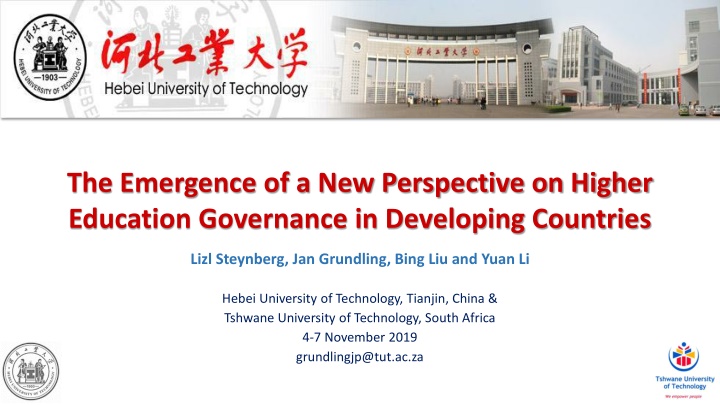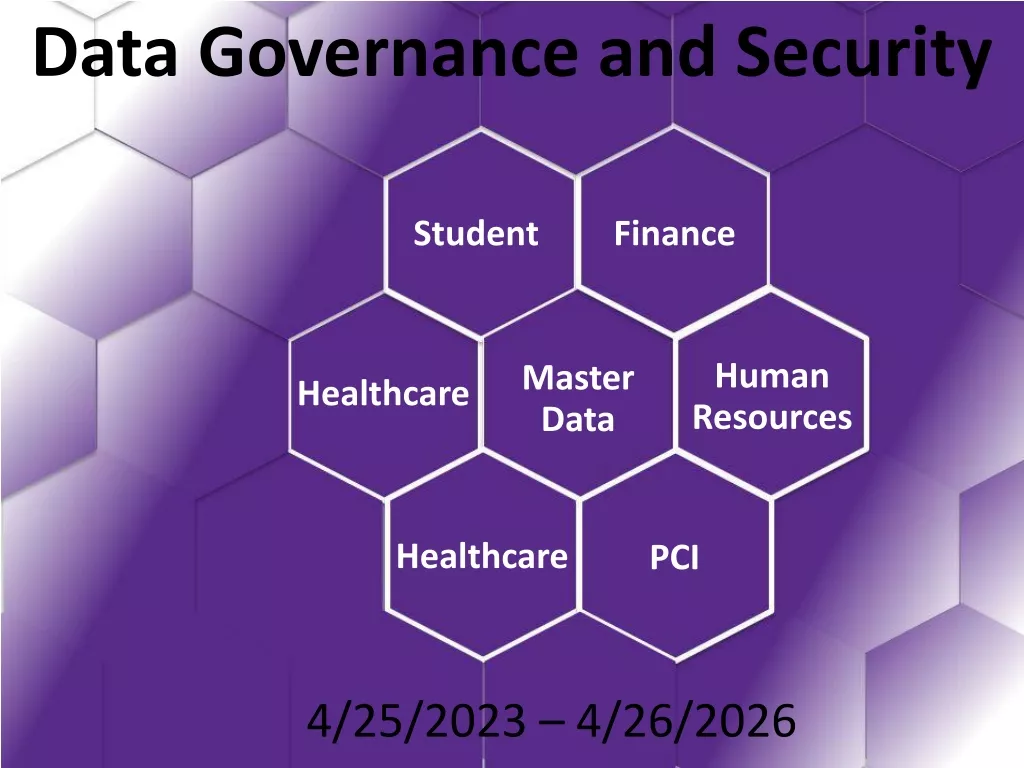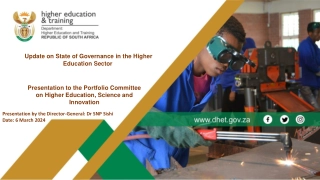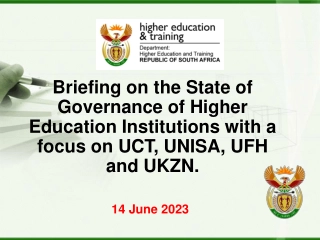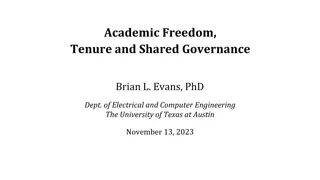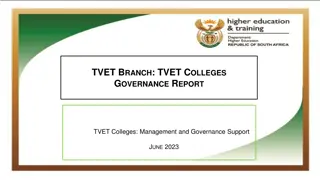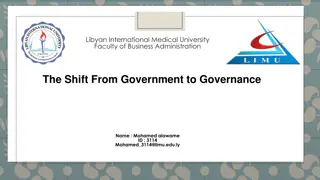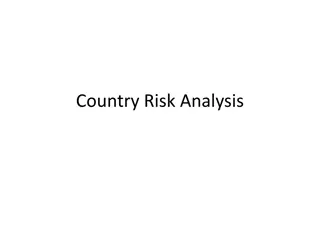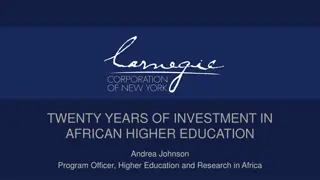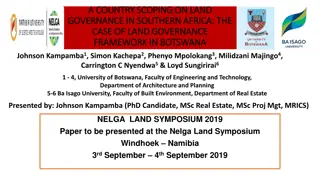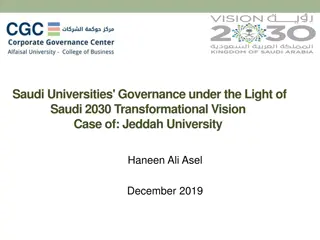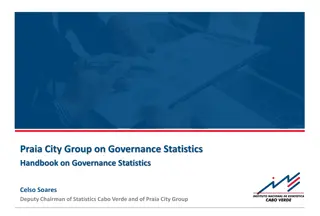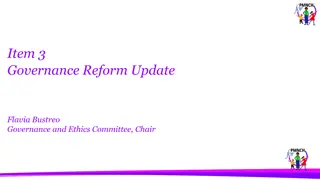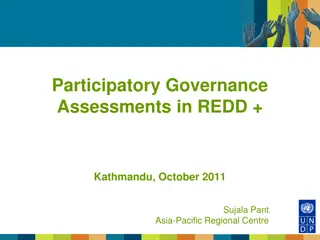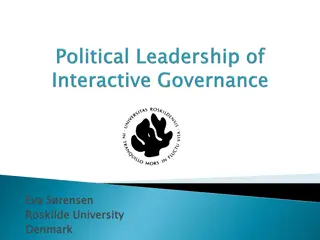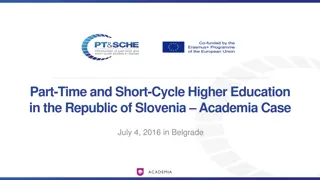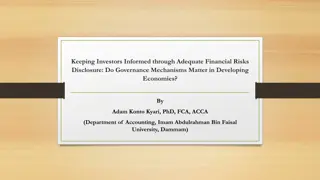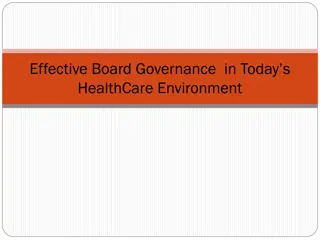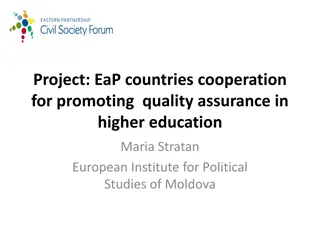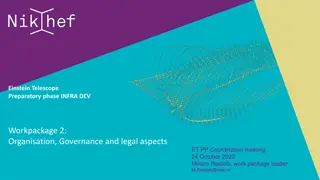Governance Challenges in Developing Country Higher Education
Emergence of a new perspective on higher education governance in developing countries, focusing on issues in South Africa's system such as funding, outdated curricula, and poor management practices. The research emphasizes the need for modernization and innovative strategies to meet global challenges and promote national advancement.
Download Presentation

Please find below an Image/Link to download the presentation.
The content on the website is provided AS IS for your information and personal use only. It may not be sold, licensed, or shared on other websites without obtaining consent from the author.If you encounter any issues during the download, it is possible that the publisher has removed the file from their server.
You are allowed to download the files provided on this website for personal or commercial use, subject to the condition that they are used lawfully. All files are the property of their respective owners.
The content on the website is provided AS IS for your information and personal use only. It may not be sold, licensed, or shared on other websites without obtaining consent from the author.
E N D
Presentation Transcript
The Emergence of a New Perspective on Higher Education Governance in Developing Countries Lizl Steynberg, Jan Grundling, Bing Liu and Yuan Li Hebei University of Technology, Tianjin, China & Tshwane University of Technology, South Africa 4-7 November 2019 grundlingjp@tut.ac.za
Layout of Presentation Layout of Presentation 1. Introduction 2. Background 3. Research Aim 4. Research Methodology 5. Findings 6. Recommendations 2
1. Introduction 1. Introduction Global reputations promote national and global development Create a progressive knowledge-based economy Contribute to global collective intelligence Challenge to comply with national interests and remain relevant in the global topography 3
1. Introduction (Continue) 1. Introduction (Continue) Multifaceted nature, national competitiveness, international recognition, increased education quality, economic growth contribution, and modernisation needs Different national education models and initiatives Reputed systematic factors 4
2. Background 2. Background South Africa conforms to the liberal economic theory Challenged by insufficient funds, outdated curricula, low innovation levels, poor management and governance practices Industrialise and modernise higher education systems Reconstructing South Africa s HE Advancement of the national society Lack real South African cultural tradition and mission, and endogenous creativity 5
2. Background (Continue) 2. Background (Continue) HEIs face multi-layered problems of meeting global HE challenges Build the nation and self-development Collective intelligence as mechanisms for self-strength, modernisation, self-development and nation building Needs a strategy that is integral to an inclusive modernisation approach 6
2. Background (Continue) 2. Background (Continue) Based on the following assumptions: HE can serve as a mechanism for socio-economic modernisation and development HEIs afford functionality to HE by providing existence and relevance to education HE can benefit from existing knowledge in the knowledge society and benefit the knowledge society by creating new knowledge 7
3. Research Aim 3. Research Aim Provide new insights into the current and future trends and themes of global co-operative higher education literature, identify gaps and inconsistencies in the literature, determine progress in this field, and to provide suggestions for future theoretical and methodological research 8
4. Research Methodology 4. Research Methodology Systematic literature review method A valuable and concise base for research, significant to practice and policy formulation, and direct future research Peer-reviewed journals Published in English Indexed in Web of Science (WOS) 9
4. Research Methodology (Continue) 4. Research Methodology (Continue) Defining the research question Identifying databases to obtain information Determine the criteria for inclusion and exclusion Identifying relevant literature Evaluating the quality of literature 10
5. Findings 5. Findings Competition, Benchmarking and Globalisation Increase in research outputs, publications and statistical performance metrics Lack social substance Role of HE in human resource capital Lifelong learning an indicator for national self-strength and growth An excellence model for benchmarking 11
5. Findings (Continue) 5. Findings (Continue) Institutional Performative Basis of Higher Education Institutions (HEIs) Research output, student attainment, teaching and learning, and employability Adopt a performance model Academic reputation as principal determinant of academic performance Performance based funding model Resource dependency by HEIs Implement competitive mechanisms Accommodate the total current resources available 12
5. Findings (Continue) 5. Findings (Continue) Talent Management Global knowledge society Knowledge creation, -distribution and transfer Human and scientific thinking International research collaboration, overseas placement of academics and students, and improve research excellence 13
5. Findings (Continue) 5. Findings (Continue) Modernising Education Policies HE as agent in competitiveness of local economies Continuity, openness, complexity, fundamentality, globalisation, and standardisation Industry-university partnerships Cross-border institutional partnerships and networks 14
5. Findings (Continue) 5. Findings (Continue) Characteristics of World-Class Higher Education Institutions (HEIs) Compliance with international standards A mission transcending the boundaries of the nation-state Research-intensive New roles for faculty members Diversified funding New relationships with stakeholders Worldwide recruitment Greater internal complexity Global cooperation 15
5. Findings (Continue) 5. Findings (Continue) Lessons learnt from the History of Modernisation HEIs as key driving force for modernisation Distribution of talent needs Timely distribution of information on industrial knowledge, trends and progress Introduce technologies that fit a specific social context 16
5. Findings (Continue) 5. Findings (Continue) Dilemma between Global Interests and National Interest Commitments Superiority and academic power Western countries are centre-stage Global HE policies favour more powerful HE participants Dependency relationship between centre-stage HEIs and HEIs on periphery of academic power Copy development from centre-stage HEIs, produce little original work and do not contribute to the frontiers of knowledge 17
5. Findings (Continue) 5. Findings (Continue) Government s Role in the Regulation of National Interests HEIs world-wide are increasingly state controlled A more prominent supervisory role rather than interventionist role Policy formulations, stakeholder forums, subsidy formulas, performance-based funding initiatives, financial and quality controls, performance standards, and soft political influence The stronger HEIs get stronger 18
6. Recommendations 6. Recommendations Economic transition and transformation Competition and modernisation Performativity Collective intelligence Assessment Methodological standards Talent attraction and recruitment Institution-to-institution arrangements Academic mobility programmes Ranking position Commodification of educational services 19
Thank you Thank you 20
